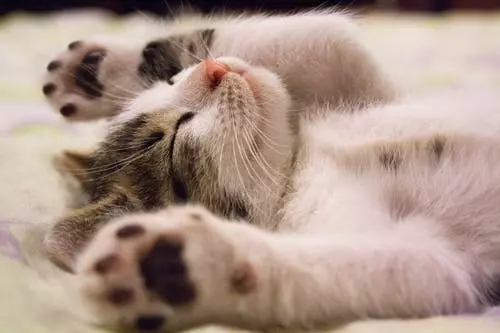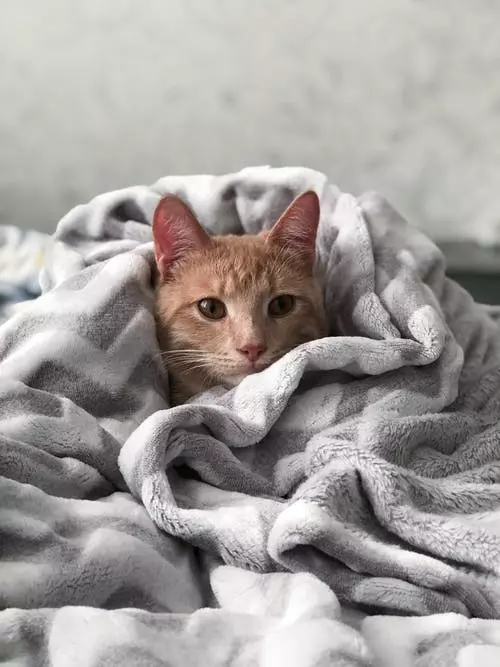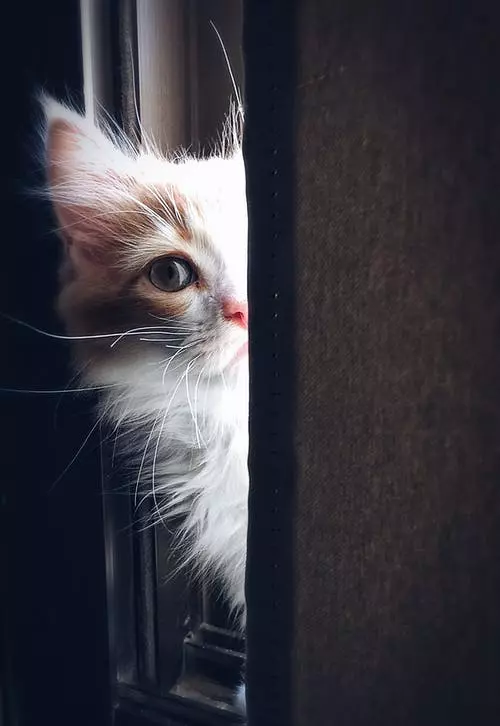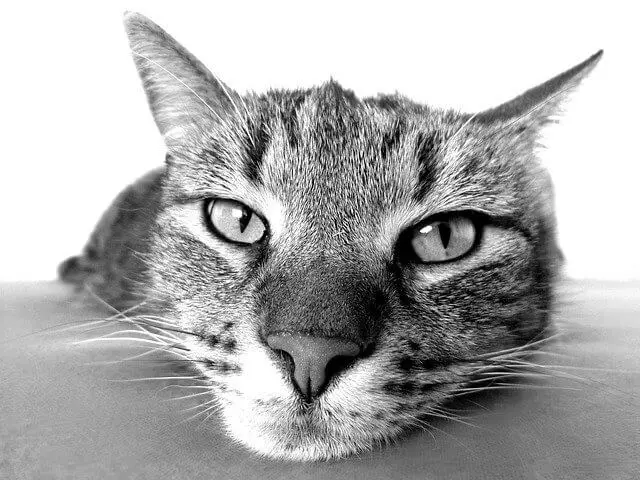Understanding Vocalization in Cats: How They Communicate in Response to Environmental Changes
Introduction:
Cats are known for their ability to communicate through various vocalizations, which can give us valuable insights into their emotional state and needs. When faced with changes in their environment, cats rely heavily on vocalization to express their feelings and concerns. In this article, we will explore the different types of vocalizations cats use, decipher their meanings, and provide tips on how to understand and respond to your feline companion during times of change.
I. Types of Vocalizations:
A. Meowing
B. Purring
C. Hissing
D. Growling
E. Chattering
F. Yowling
II. Deciphering Cat Vocalizations:
A. Meowing:
1. Hunger or Thirst
2. Seeking Attention
3. Greeting or Welcoming
B. Purring:
1. Contentment and Relaxation
2. Seeking Comfort or Reassurance
3. Healing or Self-Soothing
C. Hissing and Growling:
1. Fear or Threat
2. Aggression or Discomfort
3. Warning to Back Off
D. Chattering:
1. Excitement or Frustration
2. Prey Instincts
3. Frustration Due to Inability to Reach Prey
E. Yowling:
1. Territorial Disputes
2. Frustration or Stress
3. Seeking a Mate (in unneutered cats)
III. Vocalization and Environmental Changes:
A. Moving to a New Home:
1. Confusion and Anxiety
2. Need for Familiarity and Routine
3. Patience and Comforting
B. Introduction of a New Family Member (Human or Pet):
1. Fear or Insecurity
2. Establishing Hierarchy
3. Gradual Introductions and Safe Spaces
C. Renovations or Changes in Home Layout:
1. Disorientation and Stress
2. Providing Safe Zones
3. Familiarizing with New Space
D. Outdoor Changes (e.g., Construction or New Neighbors):
1. Increased Alertness and Guarding
2. Ensuring Safety and Security
3. Monitoring Outdoor Time
IV. Frequently Asked Questions (FAQs):
Q1: Why does my cat meow excessively when I move furniture around?
Q2: Is it normal for my cat to hiss at new people visiting our home?
Q3: How can I help my cat adjust to a new baby in the house?
Q4: What should I do if my cat starts yowling during the night?
Q5: Why does my cat chatter at birds outside the window?
Conclusion:
By understanding the various vocalizations cats use and their corresponding meanings, we can better interpret our feline companions’ needs and emotions. When faced with changes in their environment, it is crucial to provide cats with comfort, familiarity, and a safe space to alleviate stress and anxiety. By employing these tips and techniques, you can ensure a smoother transition for your cat and strengthen your bond with them.








